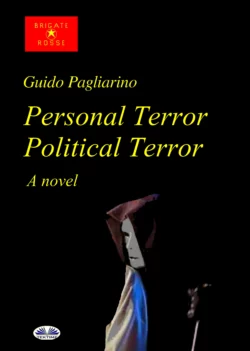Personal Terror Political Terror

Guido Pagliarino
Тип: электронная книга
Жанр: Современная зарубежная литература
Язык: на английском языке
Стоимость: 523.26 ₽
Издательство: TEKTIME S.R.L.S. UNIPERSONALE
Дата публикации: 16.04.2024
Отзывы: Пока нет Добавить отзыв
О книге: In the year 2000 the elderly emeritus police commissioner D′Aiazzo, is working alongside Commissioner Sordi, his former employee, as a consultant at the Police Headquarters in Turin. He is investigating a series of murders that seem to be the anarchic work of a sadistic serial killer or people sacrifices to the devil of one of the sulfurous sects in the macabre-obsessed Turin. But it could also or only have elements related to the brand of terrorism that had raged in Italy until about twenty years beforehand and still drags on into the end of the millennium. The monster suppresses his victims in a horrendous way, pushing the murder weapon into an ear until it reaches the brain and kills them. The investigation unfolds through disturbing suspicions, identity crises, psychological annotations, and reaches its conclusive acme in the unsettling final revelation, which has the death of the police commissioner himself, as the very consequence of his discovery of the culprit as its addendum.